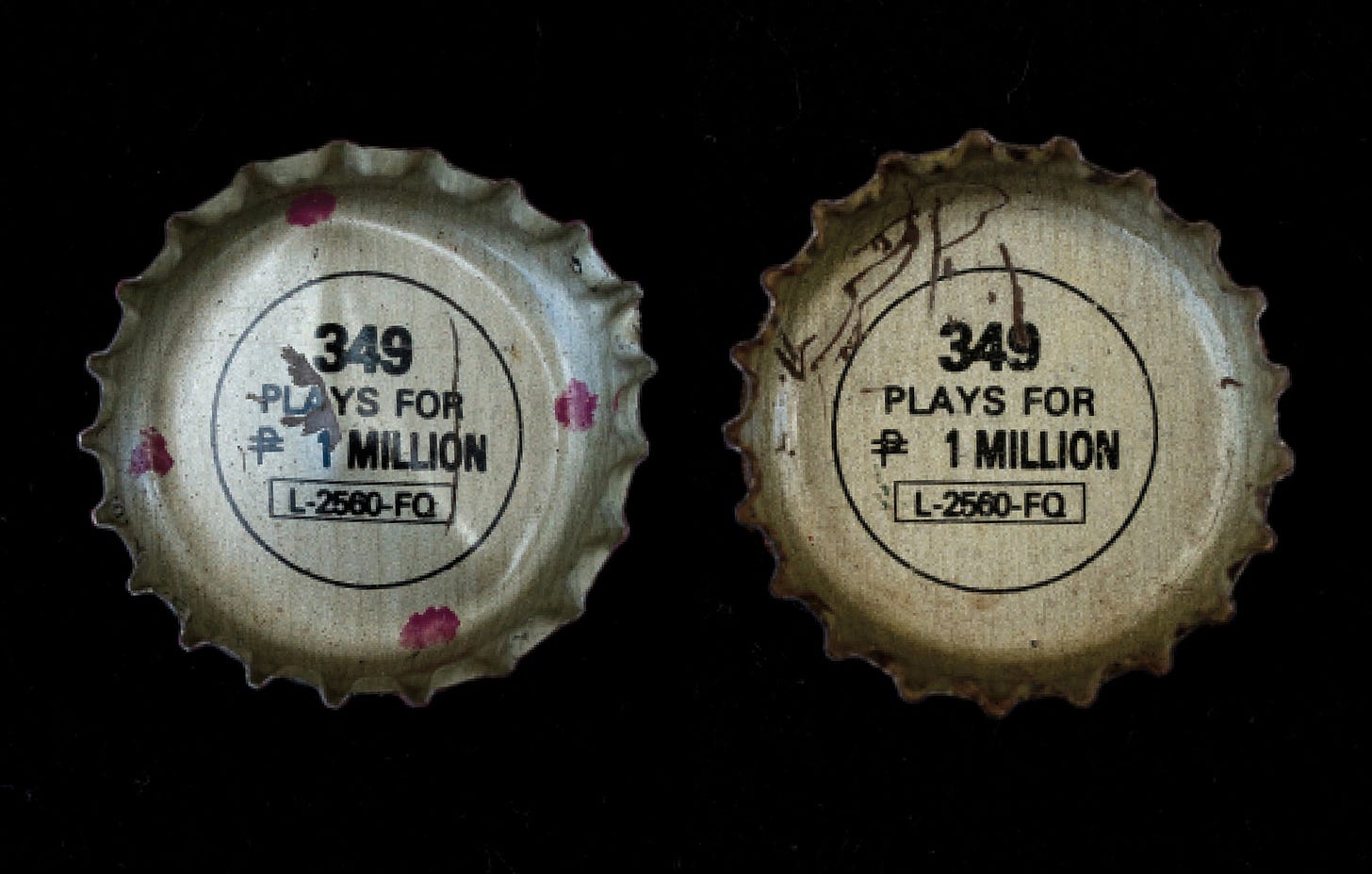Molotov cocktails and bottle caps: A story about one of the most disastrous marketing campaigns in history
In 1992, Pepsi ran a promotion in the Philippines called "Number Fever” to increase market share against its dominant rival, Coca-Cola. It worked like a mini lottery. The caps of Pepsi bottles were printed with three-digit numbers, and the holders of numbers pulled in a lucky draw would win prizes ranging from 100 pesos to 1 million pesos (about $40,000 at the time).
It was a simple plan with little downside - or so it seemed.
The promotion was a smash hit, sending the country into a frenzy to buy Pepsi. Each night, families huddled around their TV sets with bated breath as winning numbers were announced. Within only a few weeks, Pepsi’s market share was up 5%. The promotion was such a runaway success that Pepsi’s execs extended it for another five weeks - a decision that would haunt them.
On 25 May 1992, the winning number was announced: 349.
Like a country watching its team score the winning goal at the football World Cup, hundreds of thousands of people roared with joy, believing that they had just been elevated from poverty into a life of riches.
But, due to a computer glitch, the number 349 was printed on over 600,000 bottle caps, putting Pepsi on the hook for over $32 billion in prizes.
The next day, Pepsi was woefully unprepared for the thousands who arrived at their offices to claim a ticket to a new life. Upon their arrival, all Pepsi’s execs could say was, “Oops. No prizes. Sorry.”
And with that, the mood of joy and celebration flipped into anger, violence and destruction.
Riots erupted. Pepsi’s trucks were overturned and burned, and Molotov cocktails and grenades were hurled at the company’s offices. Five people died amidst the chaos, including a school teacher and a five-year-old girl. Pepsi’s execs had to hire bodyguards, and the company got peppered by thousands of lawsuits, some dragging on until 2006.
In the Philippines, Pepsi’s brand has never fully recovered. Even today, some Filipinos won’t touch a Pepsi product.
The moral of the story:
Even the simplest plans can hide catastrophic risks, as Pepsi learned the hard way. So, before taking that next bold step, ponder, “What could go wrong?” and plan accordingly.





So interesting, thanks (i vaguely remember Coca Cola doing something similar here on on the inside of their plastic bottle caps when we were youngsters)
Super short but interesting) missed u mate - where u been? would like to see u in the SB campfire :)